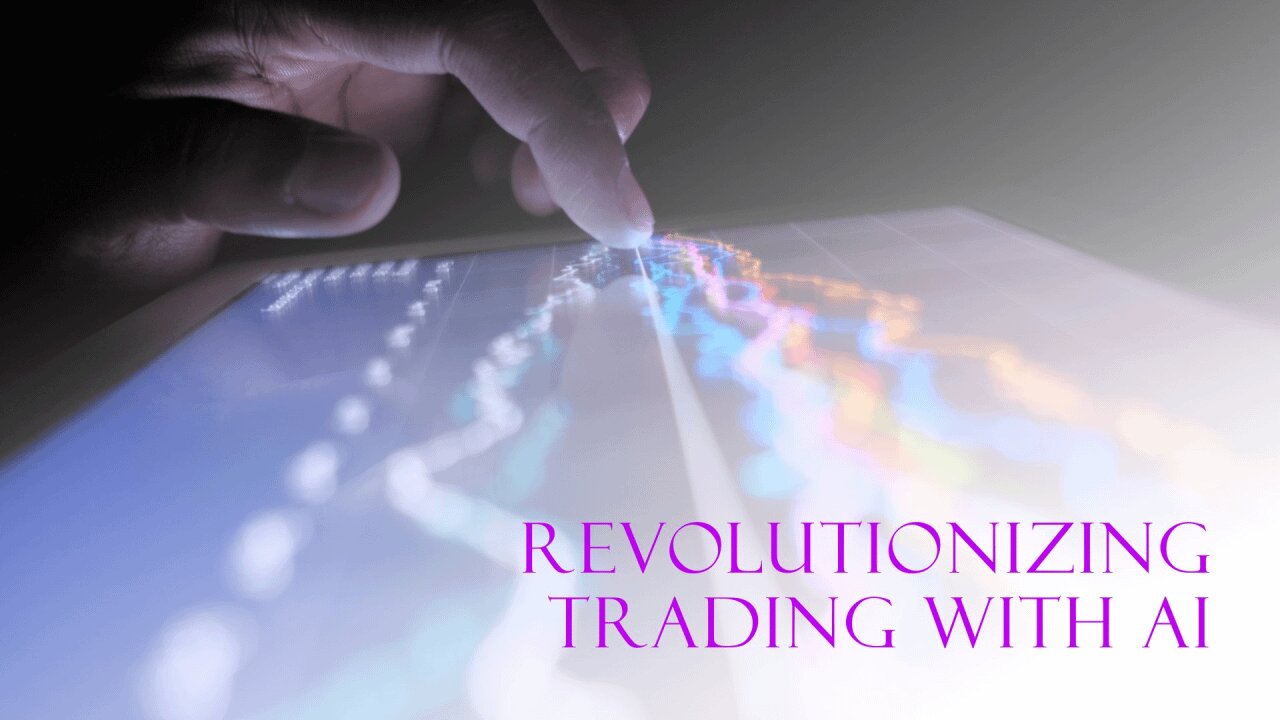It is interesting to see how financial markets have changed with the increased use of algorithms and artificial intelligence. The mechanization and automation of trading processes, through so-called algo-trading or algorithmic trading, have made markets faster, but as can be easily seen from classic technical analysis, they can also lead markets to behave in a less "human" way. One of the most discussed aspects is that algorithms often follow momentum logics, meaning they buy when prices rise and sell when they fall, fueling unidirectional price movements (as seen in the photo) and creating the potential for bubbles or more violent crashes when the trend suddenly reverses. This can contribute to volatility that seems calm on the surface but is potentially very risky under certain scenarios. Dax future - timeframe 1 minute In the picture, there is an example of the DAX futures opening where the 19550 level was an important technical point as well as the R1 pivot point, broken through like butter at very low volumes, even though this happened in the very first minutes of market opening when the number of orders is generally high. In this case, you can see how the algorithm's behavior took advantage of the very low presence of operators and continued in an uninterrupted uptrend, with only a few points of pullback, in an uptrend that yielded 100 points from the R1 pivot. Regarding sudden sell-offs, we can quickly look at the last 3 trading days of last July; a quick glance at the image will show how, in just 3 sessions, the index was able to lose 1400 points! Dax Index - 1 hour timeframe The risk of reduced human investor participation in the short term, since machines can trade in microseconds, reacting to news or events before a human trader can, can generate this type of sudden movement. In this context, the issue of algorithm overfitting, meaning when they are too fine-tuned to historical data, could represent a problem in the event of unforeseen shocks or structural changes in the economy. The future of financial markets under the control of algorithms and artificial intelligence will undoubtedly lead to complex dynamics, as noted. History will tell us whether these innovations will have positive long-term effects or lead to financial disasters. While effective at recognizing patterns and trends based on historical data, algorithms may lack sensitivity to unexpected events or drastic changes in real economic conditions. This means that a sudden crash could be amplified by the same technologies that facilitated growth. The greatest risk, as mentioned, is that a "systemic crash" could destroy a significant amount of capital that had been accumulated during years of stability, precisely because today's markets seem to be driven by optimism or blind faith in an unprecedented trend. And when it comes to speculative bubbles, we know that the cycle often closes abruptly and unpredictably. The use of algorithms in trading has transformed the market in significant ways. Many experts note that low human participation can lead to faster and less predictable market movements. Algorithms can analyze enormous amounts of data in real time and react to news or trends much faster than humans. This can create a situation where markets seem to follow mechanical behavior. Additionally, the widespread use of automated strategies can reduce volatility, but it can also lead to situations of reduced liquidity, especially during times of market stress, where a sudden crash could occur if many algorithms start selling simultaneously. The debate is open about how sustainable this approach is and how it affects investors' decisions. Some argue that it leads to greater efficiency, while others warn that it could generate unforeseen bubbles and crashes. It is interesting how technological innovation continues to change the dynamics of trading. Detailed information can be gleaned from documentation published by the European Securities and Markets Authority (ESMA). They have launched a consultation to gather input from market operators regarding the effects of the MiFID II/MiFIR rules on algorithmic trading, including aspects such as authorization, requirements for algorithmic traders, and contemporary issues like circuit breakers. For more details, the document can be consulted directly on ESMA's website, accessible here: ESMA Consults On The Impact of Algorithmic Trading. In conclusion, the use of artificial intelligence in trading is revolutionizing the way investors operate in financial markets. Thanks to its ability to process large volumes of data, recognize patterns, and make real-time decisions, AI can significantly improve trading strategies, reducing emotions and maximizing opportunities. However, it is not a risk-free solution: data management, algorithm quality, and human oversight remain crucial to avoiding mistakes and ensuring that these technologies are used responsibly and effectively. The balance between automation and human control will be crucial for the success of AI in trading in the coming years, and those who know how to best exploit these resources could gain a lasting competitive advantage. Translation of the article published on Lombardreport.com by Fabio Tanevini
https://www.linkedin.com/pulse/artificial-intelligence-how-what-extent-changing-world-fabio-tanevini...

Artificial Intelligence: How and to What Extent It Is Changing the World of Trading
Artificial Intelligence: How and to What Extent It Is Changing the World of Trading
2024-10-25 15:43
2024-10-25 15:43
Array() no author 82769
Finanza,

SOCIAL
CONTACT
LOCATION
Roma
Italia
Trading-Coach.eu © 2020
LOCATION
SOCIAL
Roma
Italia
CONTACT
Trading-Coach.eu © 2020

